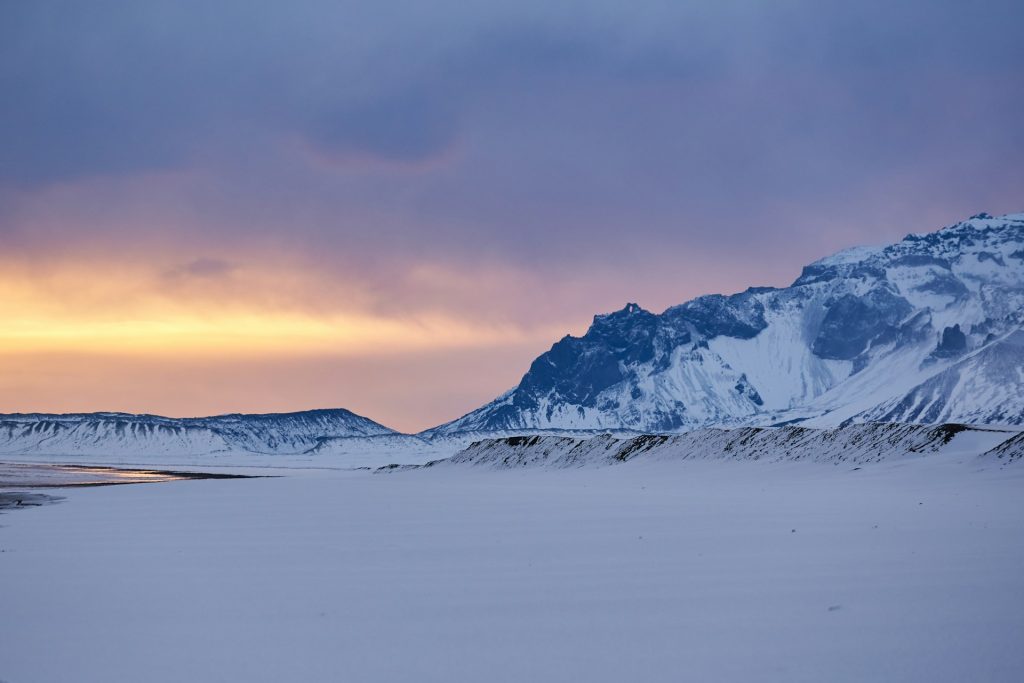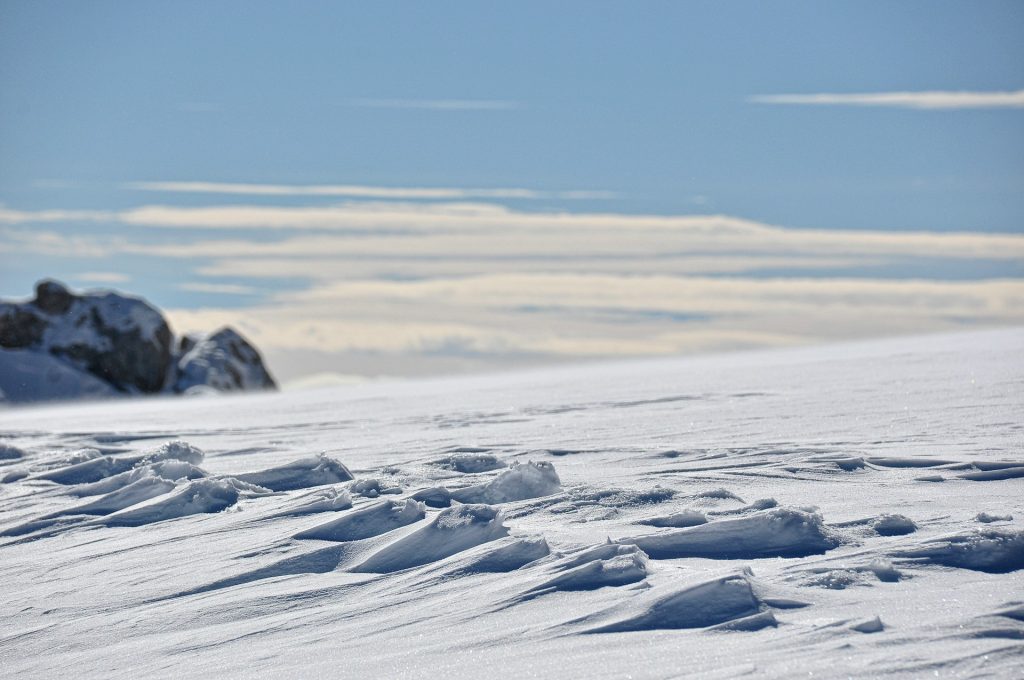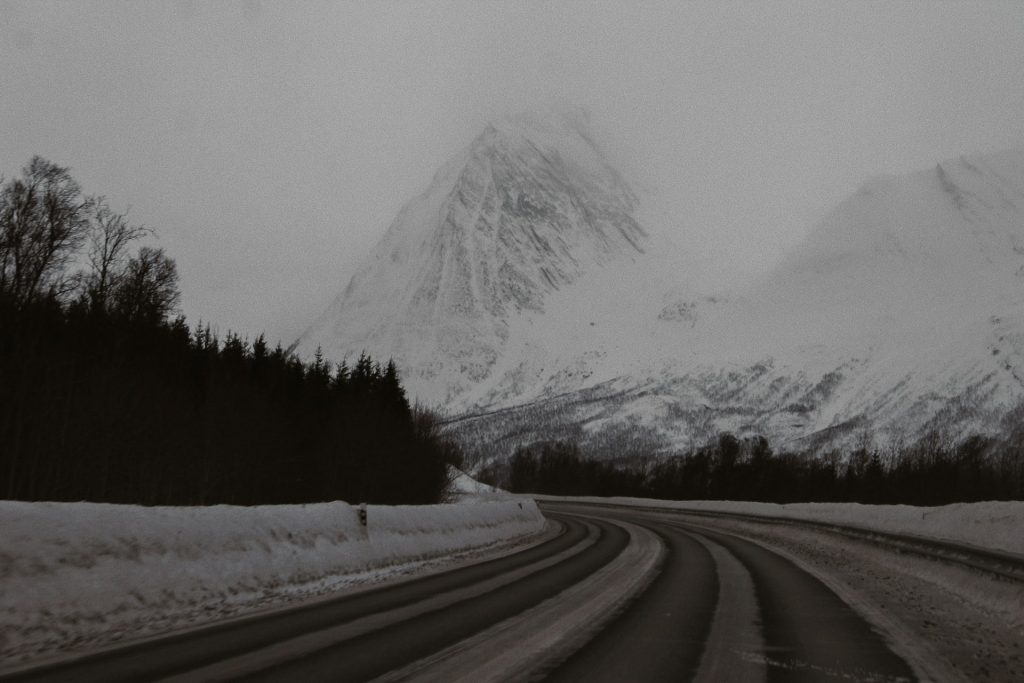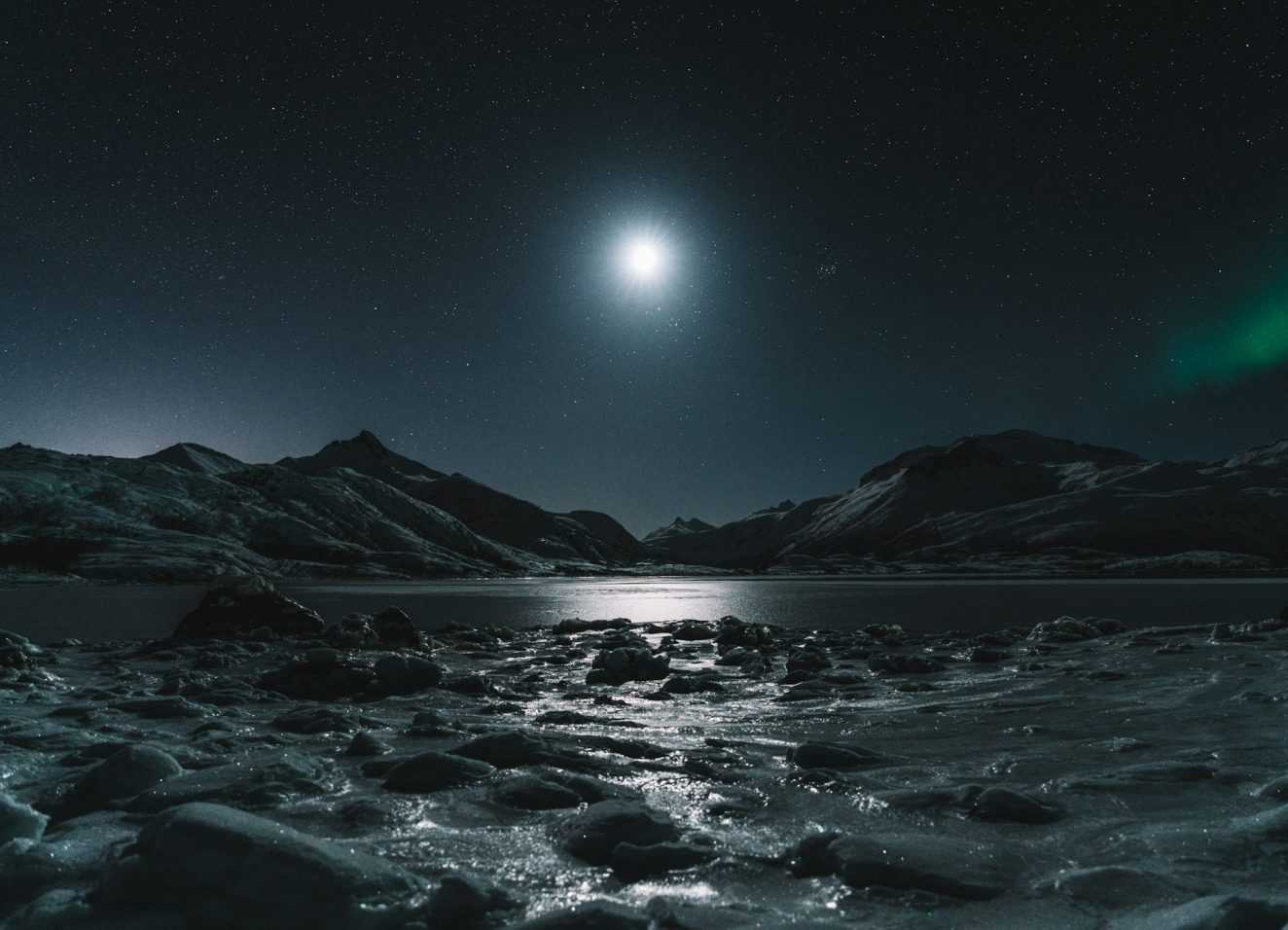What is the Arctic Circle? It’s a region located at the northernmost point of the world, and it’s an incredibly riveting place that covers a few countries. From endless daylight to varied wildlife, the Arctic Circle is a land of extremes and wonders. Buckle up as we explore nine stone-cold facts about this icy paradise that will leave you amazed.

1. Eight Countries Own Land in the Arctic Circle
Did you know that eight countries have a piece of the Arctic pie? The Arctic Circle touches land in Alaska (USA), Canada, Russia, Norway, Finland, Sweden, and the majority of Greenland (a territory of Denmark). Even the tiny Grimsey Island, an Icelandic holding, splits the Arctic Circle. This multinational presence adds to the region’s rich conglomeration of cultures and geopolitical intrigue.
2. It’s Home to Arctic Foxes
Meet the Arctic fox, a resilient and adorable inhabitant of the Arctic Circle. These nomadic creatures travel great distances across the tundra. Their thick fur not only keeps them warm in freezing temperatures but also serves as camouflage against predators like polar bears and wolves. These fluffy survivors are a true symbol of Arctic tenacity.
3. Murmansk, Russia, Is the Biggest City
With a population of around 295,000, Murmansk is the largest city north of the Arctic Circle. Founded in 1916 during World War I, this bustling port city is home to the towering Arktika Hotel, the tallest building in the Arctic region. Following closely is Norilsk, another Russian city known for its mining operations and the historic Nord Kamal Mosque. Tromsø, Norway, the Arctic Circle’s most populous municipality outside of Russia, boasts the world’s northernmost university and is a prime spot to witness the mesmerizing Northern Lights.
4. There’s an Arctic Council
Formed in 1996, the Arctic Council is a collaborative forum established by the Ottawa Declaration. This council brings together Arctic States to discuss and make decisions on sustainable development and environmental protection, explicitly excluding military security matters. It’s a platform where nations work together to preserve the unique and fragile ecosystem of the Arctic Circle.
5. The Arctic Circle Doesn’t Plunge Into Total Darkness
Contrary to popular belief, the Arctic Circle doesn’t experience total darkness, even during the long winter months when the sun doesn’t rise. Twilight produced by the sun below the horizon can still illuminate the skies. For example, Utqiaġvik, a city in northern Alaska, experiences 65 days of sunless winter but still gets three to six hours of twilight each day. True darkness, known as “astronomical polar night,” occurs at latitudes above 88 degrees 33 minutes north, where no human settlements exist.

6. The Sun Appears for Months
Welcome to the “Land of the Midnight Sun,” where the sun doesn’t set for months! At the North Pole, the sun rises in March and doesn’t set until September, making it a paradise for sun worshippers. While not all areas within the Arctic Circle enjoy six months of continuous sunlight, places like Tromsø experience the Midnight Sun phenomenon for about two months, offering an unforgettable experience.
7. The Antarctic Circle Is Way Colder
If you think the Arctic is cold, wait until you hear about the Antarctic Circle! The average winter temperature at the South Pole is a bone-chilling minus 76 degrees Fahrenheit (minus 60 degrees Celsius). In comparison, the North Pole’s winter temperature of minus 40 degrees Fahrenheit (minus 40 degrees Celsius) seems almost warm. Unlike the Arctic, the Antarctic Circle doesn’t have permanent human settlements, making it an even more isolated and extreme environment.
8. You Can Visit the Arctic Circle Centre
Tourists looking to experience the Arctic Circle firsthand should head to the Arctic Circle Centre in Storforshei, Norway. This charming tourist stop offers breathtaking views, a cozy cafe, and a gift shop. While it’s not open year-round, it’s a must-visit destination for those exploring the Arctic Circle’s wonders.
9. The Arctic Circle Is Shrinking
Nothing lasts forever, and neither does the Arctic Circle. Due to Earth’s axial tilt, the boundary of the Arctic Circle is gradually shifting northward at a rate of about 46 to 49 feet (14 to 15 meters) per year. By around 2050, Grimsey Island, which currently straddles the Arctic Circle, will no longer be within its boundaries. Locals mark this slow but steady retreat with a massive concrete ball that moves each year to track the circle’s progression.
Why the Arctic Circle Fascinates Us
The Arctic Circle is a place of contrasts and extremes, where life thrives in the harshest conditions and the natural world showcases some of its most stunning phenomena. From the endless daylight of the Midnight Sun to the ethereal beauty of the Northern Lights, the Arctic Circle captivates our imagination and reminds us of the resilience of nature.

Whether you’re drawn by the cultural diversity, the unique wildlife, or the sheer beauty of the landscape, the Arctic Circle has something to offer everyone. As the region continues to change and adapt, it remains a vital and vibrant part of our planet, deserving of our respect and protection.
So next time you think of the Arctic Circle, remember these nine stone-cold facts and let your mind wander to this extraordinary, icy corner of the world.





